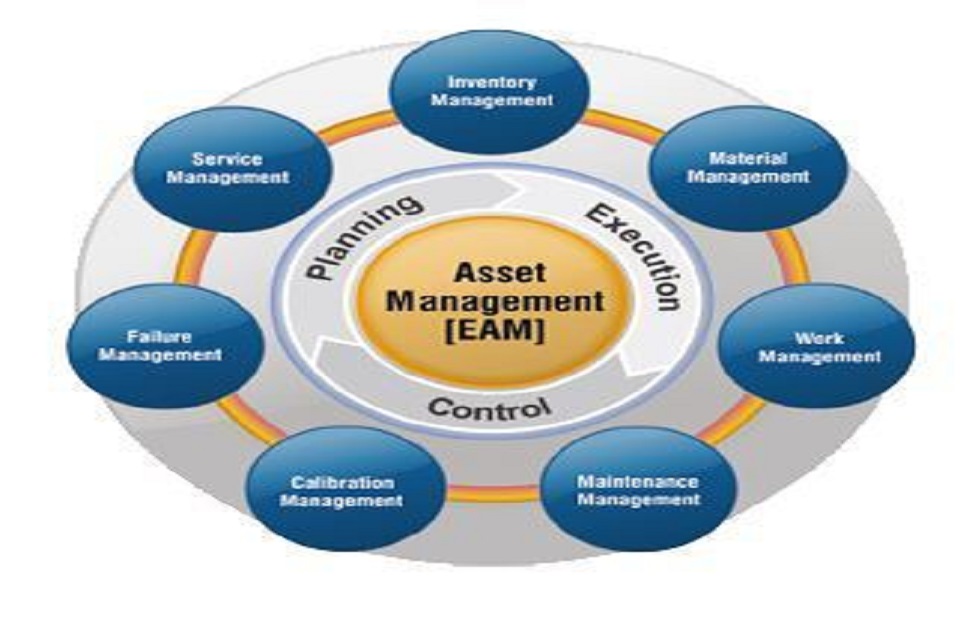


15 June 2020
An EAM or enterprise asset management system is a digital approach to the control and planning of every activity required for the maintenance of business assets throughout the lifecycle of each individual asset. These activities can include asset productivity optimisation, planned maintenance scheduling, stock control, and so on. The enterprise asset management software is responsible for handling all aspects of running an organisation that is asset-intensive. EAM software programs are inclusive of features like preventive maintenance scheduling, asset life-cycle management, warranty management, and much more.
It is crucial to understand that the return on investment and the advantages of implementing EAM depend on the EAM software package you have chosen. Furthermore, effective software implementation and involvement and the contribution of personnel will also impact the overall ROI.
In order to ensure successful EAM implementation, there are several things that you should keep in mind:
To successfully implement EAM, selecting the right software package is essential. At the time of choosing the software package, you must clearly understand your expectations and requirements, and then choose software that suits your needs.
For your organisation to select a well-suited asset management software package, you will need to invest some time into carefully evaluating and understanding the alternatives available. Your organisation can take the help of a professional or specialist to gain insights about the various products available and select the one that suits the requirements of your organisation.
For the enterprise asset management system to improve the processes and operations of your organisation, the data that the software will use has to be accessible, well-organised, and accurate. So, time and effort are required for the preparation of data as well before the implementation takes place.
Before your EAM goes live, installing as well as testing the relevant software is a step that holds immense importance. With the help of these processes, the identification of glitches and more major issues can be carried out. Then, the necessary strategies can be employed to tackle them.
After the installation and testing, asset data can be entered into the new system. This is done in order to get it ready for actual use within your business’s context.
For the enterprise asset management system to be optimally utilised and to be effective, it is important that the key personnel and staff get thorough training and support. This is one of the most crucial tasks because it is important for the successful implementation of EAM within your organisation. When you have a staff that is confident and well-trained in the use of the system, it can be used to its full capacity and can deliver increased benefits to your organisation in the end.
Irrespective of whether the organisation is large or small, these steps will help in the successful implementation of EAM.
Thank you for your details. Please click here for more details.